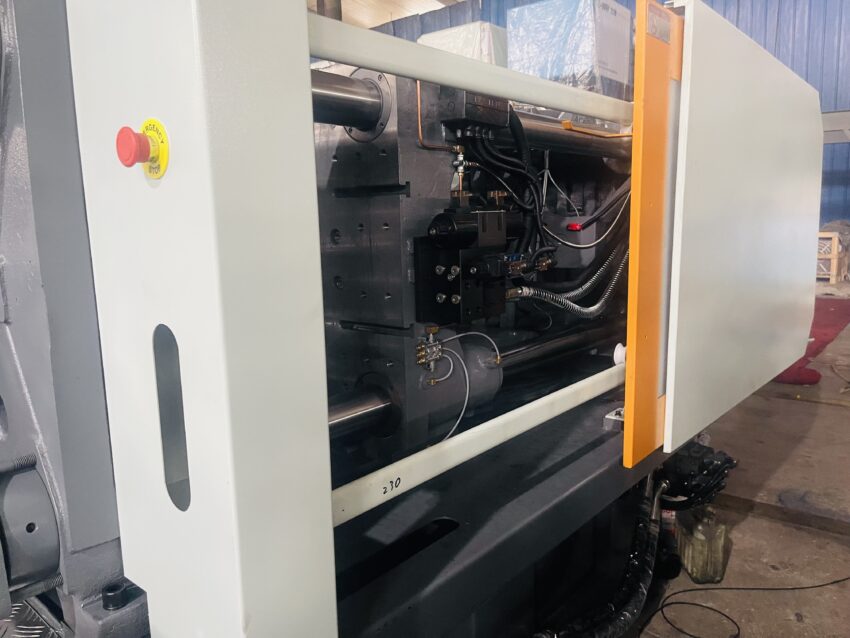Exploring Enhancers in Injection Molding Production: A Comprehensive Analysis of Injection Molding Auxiliary Equipment

In the plastic processing industry, the injection molding machine is the core equipment, while the surrounding auxiliary equipment ensures efficient, stable, and high-quality production processes. These auxiliary devices can improve production efficiency, enhance product quality, reduce energy consumption, and maintenance costs. Let’s discuss common injection molding auxiliary equipment and their crucial roles in modern plastic manufacturing.

1、Mold Temperature Controller
The mold temperature controller is vital for controlling the mold temperature, ensuring optimal flowability and cooling rate of the plastic material during the injection process. By precisely adjusting the mold temperature, the mold temperature controller directly affects the molding cycle and the quality of the finished product.
2、Automatic Feeding System
An automatic feeding system is an essential part of injection molding production as it is responsible for automatically conveying plastic raw materials to the hopper of the injection molding machine. This greatly reduces the need for manual feeding, improves production efficiency, and reduces labor intensity.
3、Dryer
Drying the plastic pellets before injection molding is a necessary step as the moisture present in the plastic material can affect the quality of the finished product. Dryers effectively remove moisture from the plastic pellets, ensuring a smooth injection molding process.

4、Color Mixing Machine
A color mixing machine is used to uniformly mix colorants with raw materials for producing consistent-colored products. These machines are often equipped with precision metering systems to ensure color distribution consistency.
5、Cooling Water Tower
During operation, injection molding machines generate a significant amount of heat. Cooling water towers dissipate this heat by circulating cooling water, preventing overheating of the injection molding machine components and prolonging the equipment’s lifespan.
6、Robotic Arms
To enhance automation, many injection molding machines are paired with robotic arms. Robotic arms can automatically extract well-formed products and perform post-processing tasks such as deburring and assembly, significantly improving work efficiency and reducing labor costs.
7、Granulator
Granulators are used to process waste and runners generated during production, crushing them into reusable raw materials. This not only reduces material waste but also contributes to environmental protection.
8、Mold Changing System
Quick mold-changing systems simplify and expedite the mold changing process, which is crucial for achieving small-batch production with multiple varieties. This enhances equipment flexibility and adaptability.
9、Central Material Supply System
In large-scale production workshops, central material supply systems enable centralized handling and supply of various raw materials, ensuring continuous and stable material feeding and avoiding production interruptions.
10、Quality Inspection Equipment
Quality inspection equipment, such as vision inspection systems, can monitor the appearance quality of products in real-time on the production line, promptly detecting defects and ensuring the final product’s quality.
11、Conclusion:
With the development of the plastic manufacturing industry, the types and functions of injection molding auxiliary equipment continue to increase and improve. From mold temperature control to automated feeding, from raw material drying to intelligent inspection, each equipment plays a crucial role in improving production efficiency, reducing costs, and ensuring product quality. Understanding and properly utilizing these auxiliary devices undoubtedly make injection molding production more precise, efficient, and capable of meeting the growing market demands for plastic products.


